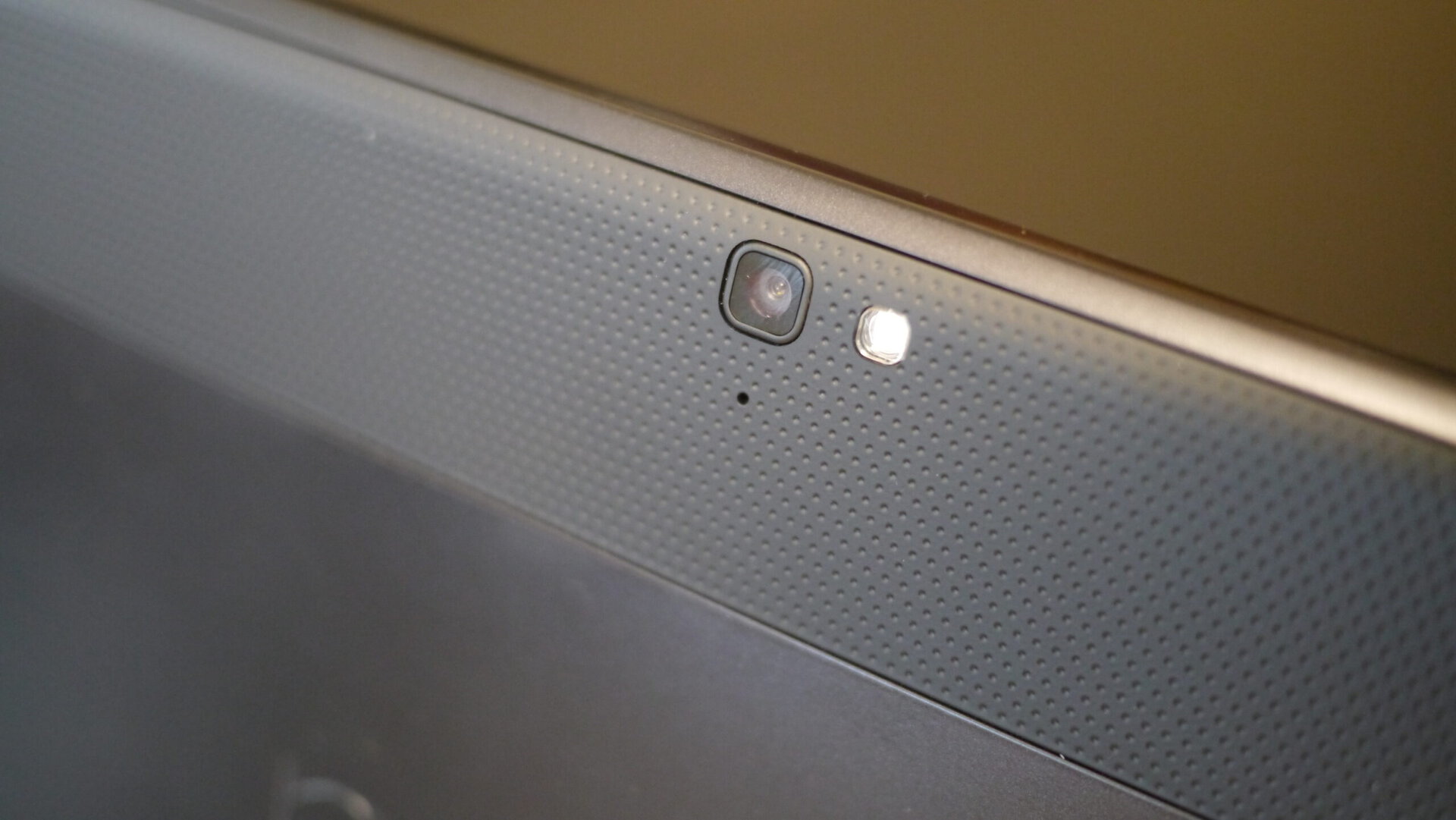Affiliate links on Android Authority may earn us a commission. Learn more.
MIT researchers want to put a sharp 3D camera in your smartphone

3D cameras, like many modern bits of technology, have been brought into consumer hands through the wonders of miniaturization, but the result are often compromised when it comes to image quality and detail when compared with more expensive equipment. Fortunately, MIT researchers have discovered a technique to vastly improve the detail captured by these small sensors, potentially increasing the resolution by up to 1,000 times.
The technique works by using a polarized light filter, you might recognise the term from 3D movies, combined with a depth sensor, such as Microsoft’s Kinect, to calculate the surface orientation of an object from light measurements. These calculations are pretty intensive, but can be done in real-time using GPU components like the ones found inside games consoles.
The researchers suggest that not only does this technique vastly improve the results from small low-quality sensors, but that it also produces 3D models that can be more accurate than many machine-shop laser scanners. See the example below.

The team states that this technology could eventually be built into smartphones, potentially allowing for quick 3D capture and printing of objects in your own home. Such a design would need grids of filters over the sensor and wouldn’t give us the full high resolution pictures that we’re used to, but that’s not really a problem if you’re after a quick 3D model.
Perhaps a more immediately useful application is in self-driving cars, where camera modules can be larger and the use cases are more practical. Not only would additional detail increase the amount of data available for processing, but it could also help avoid interference from the weather. Of course, cost is going to be a key factor if this technology is ever to find its way to consumer products.
Would you want a 3D camera inside your future smartphone?